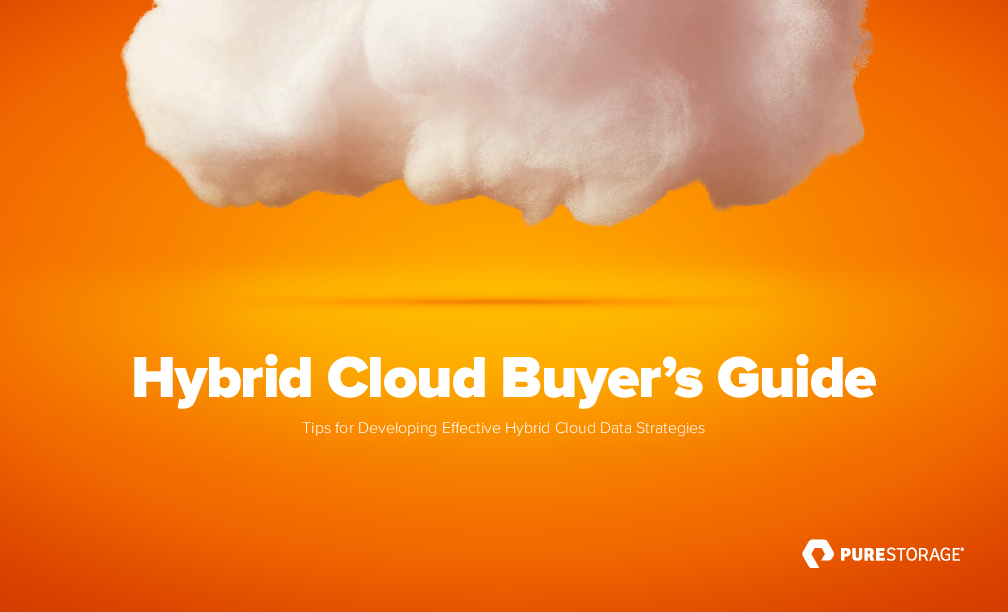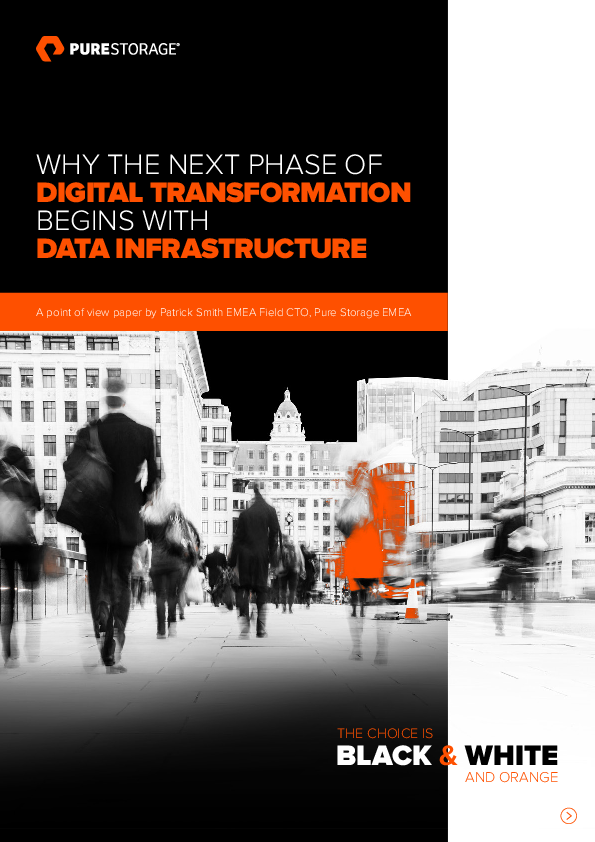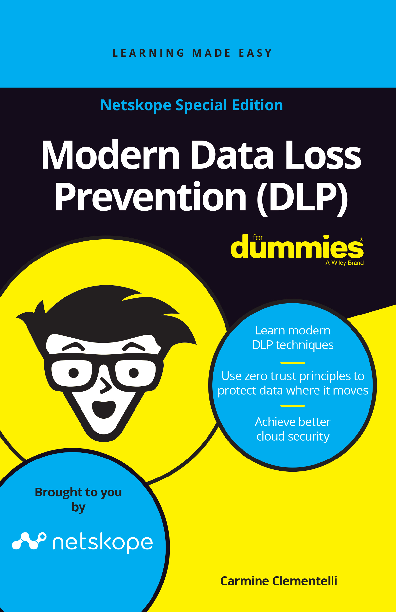

Hybrid Cloud Buyer's Guide - Tips for Developing Effective Hybrid Cloud Data Strategies
In the cloud era, enterprises are searching for the best cloud strategy to increase agility, decrease costs, and foster greater innovation. Some have experimented with moving everything to the public cloud, but soon discovered that not every application fits there, requiring significant porting effort and increasing costs without delivering the expected benefits. Other companies have adopted a “cloud first” approach where new projects, including application updates and substitutions, are targeted to the public cloud. This approach has helped IT teams become more cloud aware, but the results have been mixed—for many of the same reasons.
The truth is that there’s no easy substitute for thinking carefully about the requirements of your applications and your business. There are many considerations in hybrid cloud deployments – from migrating to a cloud-native application architecture, to optimizing applications with partial adjustments to take advantage of cloud-native features, to rehosting by migrating applications to the cloud without code changes. That’s why most enterprises now take a hybrid cloud approach, with each application workload running in the environment that best addresses both application needs and business requirements.
An effective hybrid cloud strategy should take into account the reality of your existing IT operations. You have to prepare for the future without ignoring the past. This may mean combining private cloud, SaaS and PaaS cloud services, and public cloud, supporting traditional enterprise applications and cloud-native applications, or providing the ability to run VMs and containers in the same environment.
This buyer’s guide provides advice to help you increase the effectiveness of your hybrid cloud with a focus on data strategies for running hybrid applications. It includes: suggestions for services that make the public cloud more friendly to enterprise applications, targeted updates you should consider for your data centers/private cloud, and data protection approaches suited to hybrid cloud environments and modern business needs. We hope it offers some insights that will help you make more informed cloud decisions for your organization.









